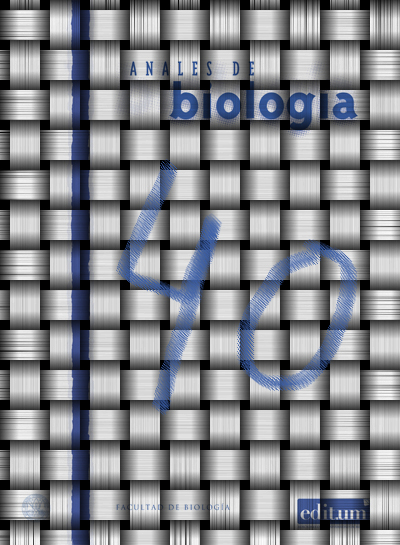Anatomical investigation of root, stem and branch wood in 10-year-old Inga laurina in the context of anatomical adaptation to hydraulic and mechanical stresses
Abstract
Wood varies between species, from pith to bark, roots to crown within the same plant to ensure hydraulic safety and efficiency. Inga laurina (Sw.) Willd. is investigated herewith for the structural heterogeneity of the wood, since this species thrives well in all major forests of Brazil. I. laurina stem wood possessed narrow vessels; thick walled fibres; wider, taller and higher frequency of rays, features that provide hydraulic and mechanical adjustments. Thick walled fibres and less parenchyma as compared to root provide enough strength to stem to support the large crown. Higher proportion of parenchyma cells in roots results in a high storage capacity for starch, which is important for the shoot recovery after fire damage, common in the Cerrado.
Downloads
-
Abstract317
-
pdf166

This work is licensed under a Creative Commons Attribution-NonCommercial-NoDerivatives 4.0 International License.
Las obras que se publican en esta revista están sujetas a los siguientes términos:
1. El Servicio de Publicaciones de la Universidad de Murcia (la editorial) conserva los derechos patrimoniales (copyright) de las obras publicadas, y favorece y permite la reutilización de las mismas bajo la licencia de uso indicada en el punto 2.
2. Las obras se publican en la edición electrónica de la revista bajo una licencia Creative Commons Reconocimiento-NoComercial-SinObraDerivada 3.0 España (texto legal). Se pueden copiar, usar, difundir, transmitir y exponer públicamente, siempre que: i) se cite la autoría y la fuente original de su publicación (revista, editorial y URL de la obra); ii) no se usen para fines comerciales; iii) se mencione la existencia y especificaciones de esta licencia de uso.
3. Condiciones de auto-archivo. Se permite y se anima a los autores a difundir electrónicamente las versiones pre-print (versión antes de ser evaluada) y/o post-print (versión evaluada y aceptada para su publicación) de sus obras antes de su publicación, ya que favorece su circulación y difusión más temprana y con ello un posible aumento en su citación y alcance entre la comunidad académica. Color RoMEO: verde.











